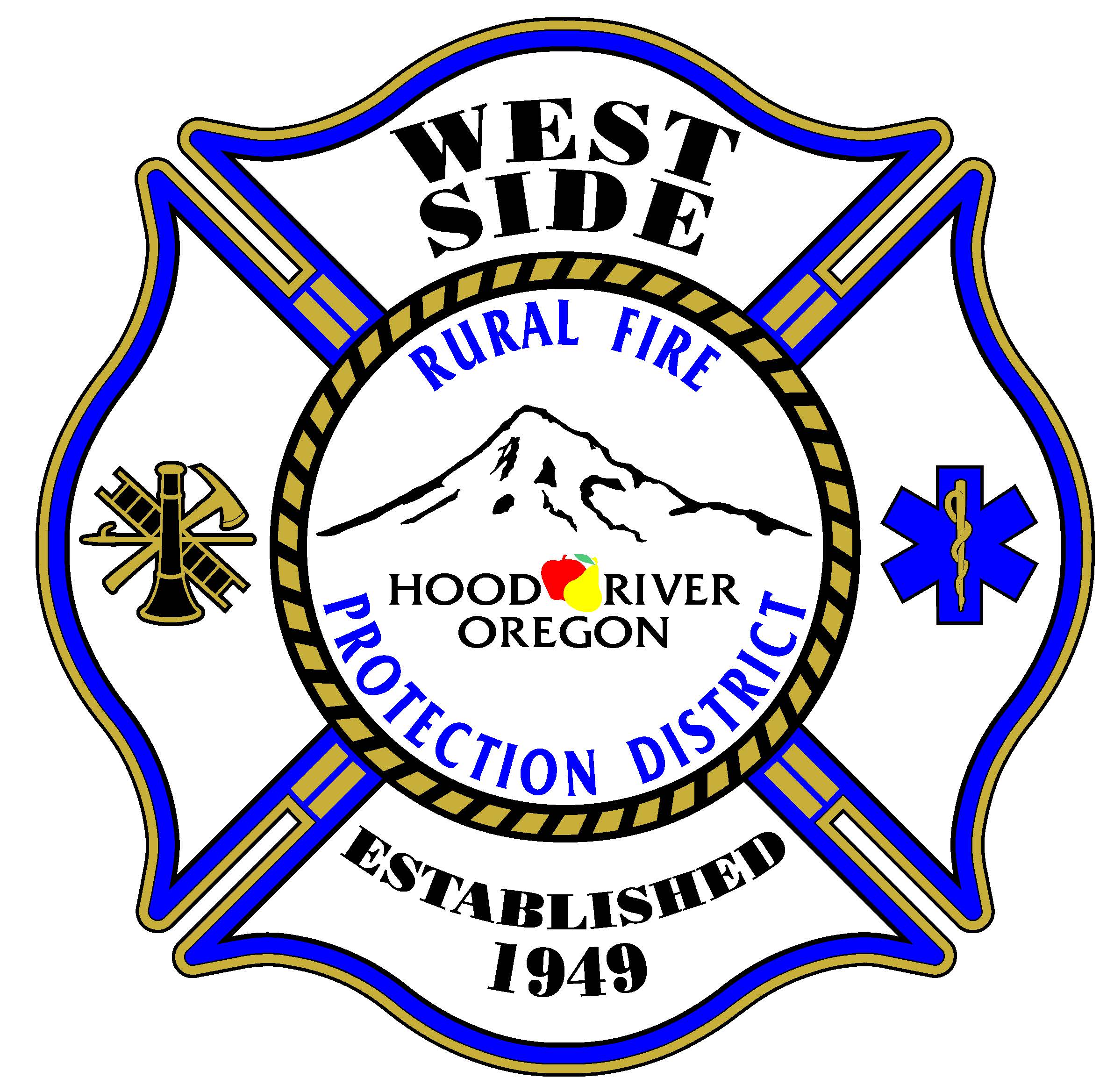Firefighters
Firefighting is only the beginning. Westside firefighters serve the community in many ways including fighting fires, providing emergency medical services, responding to hazardous materials spills, performing on specialty response teams, providing education to the public, investigating fires and enforcing code. Firefighters work as a team to protect life and property during all types of emergencies. You must be in excellent physical condition to meet the demands of the job. Firefighters work quickly, while handling heavy equipment for long periods of time and wearing special protective gear in hot and hazardous environments. If you have a strong desire to help others and be a part of a growing and diverse organization, then begin your firefighting and emergency medical services career with Westside Fire.
- Fifty to ninety percent of work time is spent outside a building and exposed to the sun, wind, rain, or snow.
- Firefighters must tolerate frequent extreme fluctuations of temperature.
Environment outside building may be 5° to 100 degrees F, but inside Firefighters are doing heavy work in hot buildings (up to 1000°F) while wearing equipment, which significantly impairs body-cooling systems. - Firefighters must work in environments that vary greatly from low to high humidity. Turnout gear significantly impairs body-cooling mechanisms.
- There is the frequent possibility that Firefighters may be working under wet and muddy conditions.
- Firefighters must frequently perform sustained work on slippery surfaces including rooftops.
- Firefighters frequently face the possibility of sustaining a severe injury (cuts, bruises, burns, strains, fractures, or amputations) on the job.
- Firefighters are frequently required to perform work from aerial ladders, scaffolding, roofs or other elevations over 12 feet from the ground.
- Firefighters are frequently required to perform work in confined spaces or cramped body positions (e.g., attics, cars, under houses, closets).
- Firefighters are often required to work on or about moving machinery or equipment or in the vicinity of vehicles in motion (e.g., chain saws, fire trucks, cutting torches).
- Firefighters are often exposed to vibration when riding in fire trucks or operating chain saws.
- Firefighters are intermittently exposed to noise levels over 90 db when riding fire trucks under emergency conditions and when fighting fires.
- Firefighters are frequently exposed to the possibility of burn injuries caused by heat, fire, chemicals or electricity.
- Firefighters may have occasional exposure to non-ionizing radiation (ships or rooftops).
- Firefighters have intermittent exposure to dust that may contain carcinogens (such as asbestos or benzopyrene) during clean-up operations.
- Firefighters have frequent potential exposure to respiratory irritants, especially during clean-up operations (irritant chemicals, smoke, isocyanates, etc.).
- Firefighters have frequent potential exposure to toxic substances (such as hydrogen cyanide and hydrochloric acid from plastic's fires, carbon monoxide, nitrogen dioxide or organic solvents).
- Firefighters may occasionally have skin contact with oil and grease, especially during maintenance and repair of firefighting equipment.
- Firefighters may encounter noxious odors (burning flesh, chemical spills).
- Firefighters may work with or near substances that may explode.
- Firefighters occasionally have contact with un-insulated or unshielded electrical equipment.
- Firefighters may encounter radiation hazards (isotopes in hospitals, laboratories).
- Firefighters may be exposed to infectious agents (such as hepatitis B virus, Hepatitis C, TB or HIV).
- Firefighters are often exposed to the following stressors:
a) Tight time frames and critical deadlines in life-threatening emergency situations.
b) Acutely injured people and their families and friends.
c) Crucial decisions in emergency situations that involve public safety and safety of fellow Firefighters and self.
d) Tasks requiring long periods of intense concentration.
e) Unpleasant situations (e.g." burned people or animals).
f) Fluctuating shifts, during which sleep is sporadic or non-existent. - The job of firefighter is complex and extremely variable from shift to shift.
